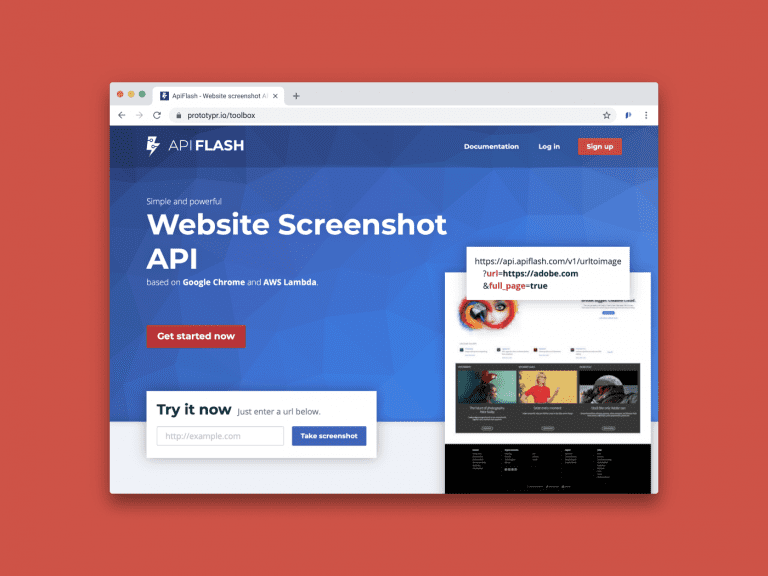
In today’s digital-first world, collecting visual data is increasingly important for businesses across various industries. From website monitoring and testing to visual content analysis, automating the process of capturing screenshots is a crucial part of streamlining operations. With the help of Screenshot APIs, developers and businesses can easily capture web page images, track changes over time, and extract insights—all without manual intervention. This article explores some of the best Screenshot APIs available for automating HTML to PDF API visual data collection and discusses their unique features and benefits.
One of the top choices for automating screenshot capture is ScreenshotAPI. Known for its user-friendly interface and powerful features, ScreenshotAPI allows developers to take snapshots of websites and URLs programmatically. It offers customization options like full-page screenshots, viewport-based captures, and support for different devices or screen sizes. ScreenshotAPI also provides options for advanced features, such as adding delays before capturing the page, enabling headers and cookies, and adjusting the quality of the images. Additionally, with fast response times and reliable uptime, ScreenshotAPI is a solid choice for developers who need scalable and consistent visual data collection across various web applications.
Another great option is ApiFlash, a Screenshot API powered by the headless Chrome browser. ApiFlash stands out for its high-quality, full-page screenshots that are ideal for monitoring website performance and appearance. Unlike other Screenshot APIs, ApiFlash allows you to capture dynamic content from JavaScript-heavy websites, making it a valuable tool for businesses with complex web applications. It also integrates easily with a wide range of programming languages and platforms, from Node.js to Python. ApiFlash provides different capture options, including PDF exports, viewport size specifications, and custom user agents. Its flexibility and ability to handle modern web technologies make it one of the most reliable options for visual data collection.
For developers looking for an enterprise-level solution, Browserless offers a robust Screenshot API that supports advanced automation workflows. Browserless is a popular choice for businesses that need to handle large-scale screenshot capturing tasks, such as visual regression testing or continuous monitoring of web pages. It offers full-page screenshot captures and allows you to interact with JavaScript-heavy sites by enabling full browser control. In addition, Browserless provides a suite of other features, such as screenshot scheduling, advanced rendering configurations, and support for headless browsers, all of which make it a powerful tool for automating visual data collection. Its ability to scale and handle high volumes of requests is perfect for organizations with demanding needs.
Puppeteer, a Node.js library that provides a high-level API to control headless Chrome, also serves as an excellent solution for automating screenshot collection. Though it requires more manual setup than some commercial Screenshot APIs, Puppeteer offers full control over the process, allowing you to capture everything from simple screenshots to highly customized images. Developers can use Puppeteer to set precise viewport sizes, emulate different devices, and take screenshots of pages with complex rendering. Its open-source nature makes it a cost-effective solution for those comfortable with coding, and it’s widely used for automated browser tasks, including visual data collection.
Lastly, Webshot is a straightforward Screenshot API known for its simplicity and ease of use. This API is an excellent choice for those looking for a no-frills solution for capturing high-quality images of web pages. Webshot allows you to generate screenshots from URLs quickly and efficiently, with options for custom image sizes, delays, and screen orientation. While it may not have all the advanced features of other APIs, its simplicity and speed make it a great choice for basic visual data collection needs, especially for small businesses or projects that require a minimalistic approach.
In conclusion, there are several powerful Screenshot APIs available to automate the process of visual data collection, each catering to different business needs and technical requirements. Whether you are looking for a highly customizable solution like Puppeteer, a full-featured option like ApiFlash or Browserless, or a simple, fast API like ScreenshotAPI or Webshot, there’s a Screenshot API suited to your goals. By integrating one of these tools into your workflow, you can streamline visual data collection, improve website monitoring, and ensure that your team can make data-driven decisions with ease and accuracy.